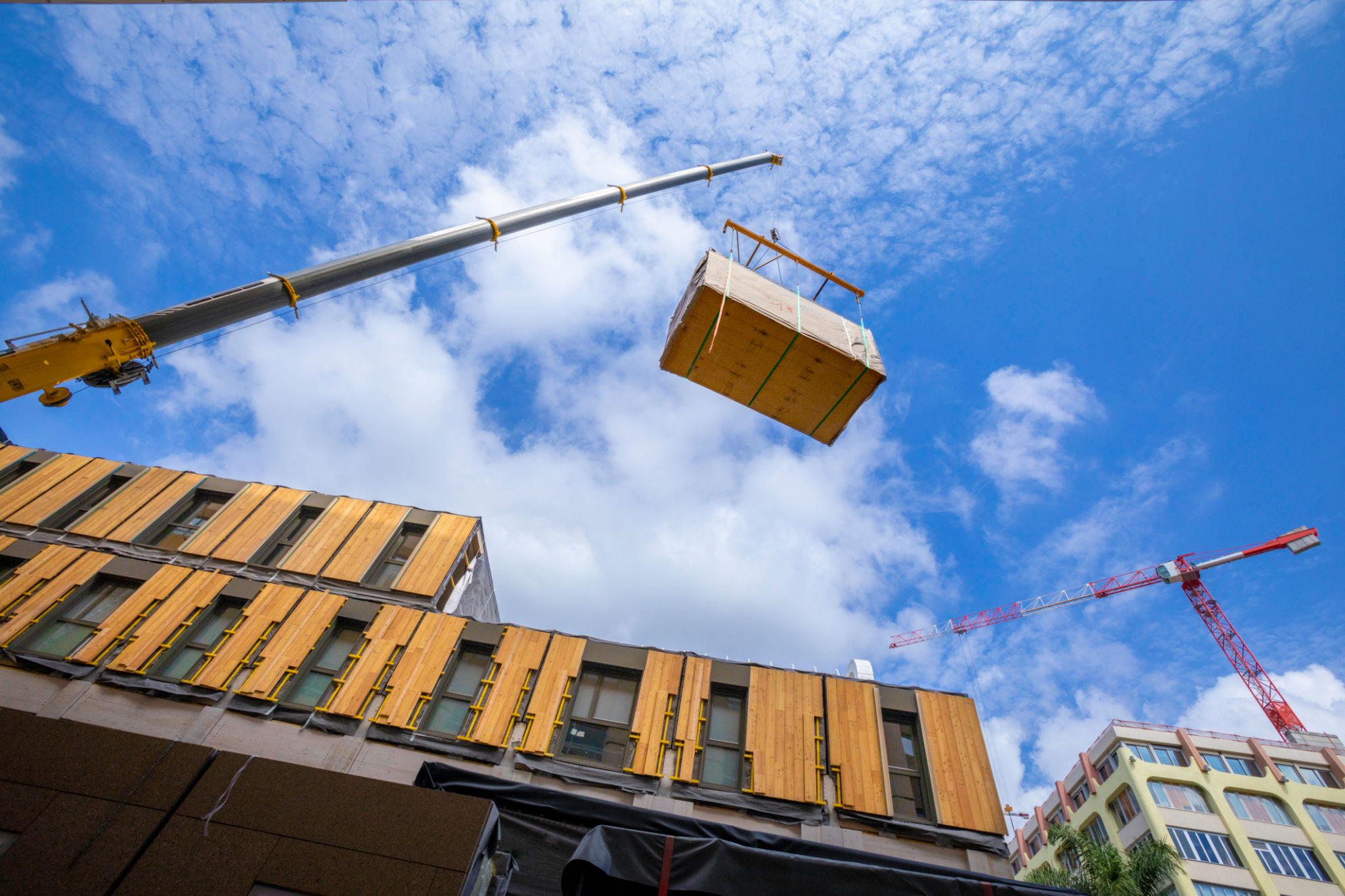Top Construction Trends Shaping the Industry
Introduction to Construction Trends
The construction industry is undergoing a significant transformation, driven by technological advancements and changing societal needs. As we move further into the 21st century, staying abreast of these trends is crucial for anyone involved in construction, from architects to contractors.
Embracing Green Building
One of the most impactful trends in construction is the shift towards sustainable and green building practices. With increasing awareness of climate change and environmental degradation, the demand for eco-friendly construction has skyrocketed. This includes the use of sustainable materials, energy-efficient designs, and waste-reduction techniques.

Technology Integration
Technology is rapidly reshaping the construction landscape. The integration of digital tools such as Building Information Modeling (BIM), drones, and 3D printing is enhancing efficiency, accuracy, and safety in construction projects. BIM, for instance, allows for detailed project visualization and improved collaboration among stakeholders.
Modular Construction
Modular construction is gaining traction as a cost-effective and time-saving alternative to traditional methods. This approach involves constructing building sections off-site under controlled conditions before assembling them on-site. The benefits of modular construction include reduced construction timelines, improved quality control, and minimized waste.

Smart Buildings
The rise of smart buildings is another significant trend. These structures utilize advanced technologies like the Internet of Things (IoT) to automate building operations, enhance energy efficiency, and improve occupant comfort. Smart systems can manage lighting, heating, security, and more, all from a centralized platform.
Focus on Safety
Safety remains a top priority in the construction industry. New safety measures and technologies are being developed to protect workers on-site. Wearable technology, such as smart helmets and vests, is being used to monitor workers' health and provide real-time alerts in hazardous situations.

Urbanization and Infrastructure Development
With urban populations growing rapidly, there is an increasing demand for infrastructure development. This trend is driving the need for innovative solutions in urban planning and construction, including high-rise buildings and efficient public transportation systems.
Challenges and Opportunities
While these trends present numerous opportunities for growth and innovation, they also pose challenges. The industry must address issues such as skill shortages, regulatory changes, and the need for upskilling the workforce to keep pace with technological advancements.
Conclusion
The construction industry is on the brink of a significant evolution. By staying informed about these trends and adapting to changes, industry professionals can ensure they remain competitive and contribute positively to the built environment.